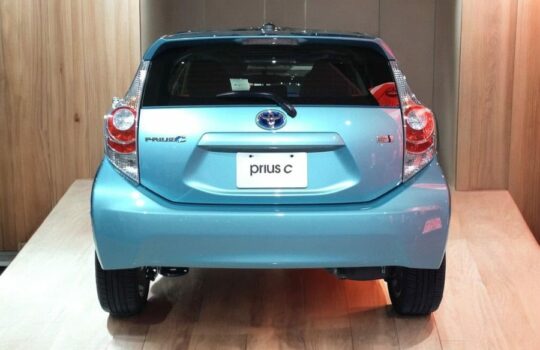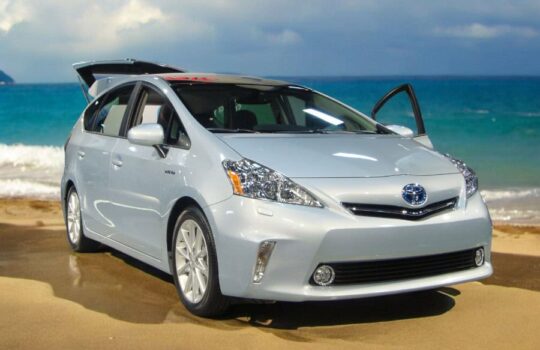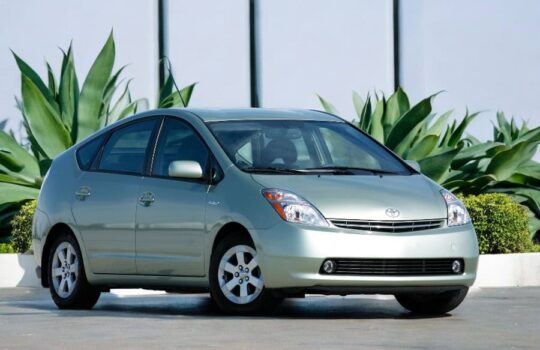How to Properly Maintain Your Hybrid Car Battery

Hybrid cars employ an electric powertrain to enhance fuel economy and performance. However, hybrid batteries wear down with time, like any vehicle part, and may need replacing.
Only trained professionals should attempt to replace hybrid batteries. Working with high voltage levels could cause injury or irreparable damage to vital vehicle components.
Battery Types
A range of hybrid battery types provide distinct advantages, with NiMH (Nickel Metal Hydride), Lithium-Ion, and Lead-Acid batteries among the most widely used options.
NiMH batteries typically last 8-10 years and are relatively affordable. They boast higher energy density than Li-Ion batteries, meaning they weigh less while providing more power storage capacity. Unfortunately, their cold-cranking amps are less than those seen with lithium-ion batteries, taking up more room in your vehicle.
Li-ion batteries have become the go-to choice in hybrid vehicles due to their long lifespan, higher energy density, and faster charging rate than NiMH cells. Furthermore, Li-ions can withstand more charge/discharge cycles without experiencing memory effect issues commonly experienced with older NiMH cells.
As technology evolves, manufacturers will likely employ various battery technologies in hybrid vehicles to meet consumer preferences – some prefer an electric motor for its fuel efficiency, while others prioritize range and comfort.
Recent advances in hybrid battery technology are producing more significant, more powerful lithium-ion batteries, enabling greater power capacity for hybrid models. This enables hybrid cars to remain in full electric drive mode for extended periods without reverting to gas engine operations.
Changes in hybrid battery chemistry to optimize the power-to-weight ratio have become another critical advancement. This involves altering the current collector and coating thicknesses. Hybrid cars often need brief bursts of peak power at regular intervals, which reduces capacity needs and enhances the overall performance of hybrid batteries.
One final aspect to remember when considering hybrid battery types is their impact on vehicle weight and size. A hybrid car should ideally be as light as possible to maximize fuel economy and range capabilities; to meet this objective, some manufacturers use parallel hybrid battery configurations in which a smaller electric battery powers wheels while a larger gas engine acts as a generator power supply when not driving the car.
Lithium-Ion
Hybrid electric vehicles differ from pure battery electric cars in that they use energy from both sources to keep driving while giving enough time for the gas engine to recharge the batteries during driving. Therefore, hybrid car batteries must provide sufficient energy at lower speeds while giving their engine enough time to recharge between journeys.
Lithium-ion batteries with sufficient power density – defined as how much electricity a battery can store and release over its lifespan – are needed. Nickel-metal hydride (NiMH) batteries may also be widely used today, though their lower energy density necessitates more maintenance compared to Li-ion cells; regular replacement of an expensive thermal control system could prevent overheating issues from arising.
Li-ion batteries used in hybrid vehicles boast twice as much power per kilogram as NiMH batteries, providing more efficient acceleration and deceleration and better fuel economy. Furthermore, Li-ion batteries are less susceptible to the memory effect, which causes cells to lose the ability to charge or discharge over time gradually. Combined with rapid charging/discharging electric motors, this allows more torque than traditional gasoline engines.
Battery technology is continuously developing to increase the efficiency of hybrid cars. One example is Valence Technology’s Saphion lithium-ion battery, which features iron-phosphate cathodes that enable increased range while remaining stable at higher voltages. Meanwhile, researchers are exploring methods for increasing storage capacities using materials like carbon nanowires, silicon nanoparticles, superlattice anodes, and absorption cooling systems.
Reducing battery weight is another major challenge facing engineers today; currently accounting for one-third of total car costs, it accounts for about 30%. Engineers are making strides here, too, with several high-profile companies developing alternatives to lithium-ion cell design, like Subaru’s prototype G4e battery, using liquid cooling and active and passive thermal management to decrease cell temperature while protecting them against thermal runaway significantly. Furthermore, researchers are investigating anode materials like silicon nanowires and tin nanoparticles, which can double energy density while improving safety and offering better safety measures.
Lead Acid
As a leading hybrid car manufacturer, Toyota offers several models equipped with lead acid batteries – safer alternatives to lithium-ion ones that still deliver excellent fuel economy and eco-friendly driving performance. Unfortunately, however, lead acid batteries contain toxic and corrosive chemicals that may pose environmental concerns when they’re disposed of – so it is vitally essential that hybrid car batteries be regularly serviced for an extended lifespan.
Lead-acid batteries consist of two electrodes separated by an electrolyte solution and charged chemically during charging to convert lead sulfate at their negative plate into lead and lead oxide at their positive plate; simultaneously, hydrogen gas is also released as a byproduct from this process, explaining why some lead-acid batteries emit fumes during recharging.
When driving the car, its battery uses electrons from its positive plate to power electrical devices like its motor and radio. Once discharged, however, the electrolyte dissolves into water, causing its negative plate to lose electrons, resulting in an increased potential difference (voltage) used by electrical devices as power.
How long a battery lasts depends on several factors, including usage and driving conditions. Driving in extreme hot or cold temperatures or under heavy load can put undue strain on batteries, hastening their degeneration with each charge-discharge cycle. Regular maintenance, such as checking electrolyte levels or cleaning an auxiliary fan, may prolong battery life and extend their storage period.
Age plays a vital role when considering battery replacement; internal degradation decreases lifespan, prompting signs that it may be time for a replacement. Luckily, some signs indicate when it may be necessary.
Depending on the cause of malfunction, repairing hybrid batteries is often more cost-effective than replacing them. However, replacement may be the best option if their expected lifespan has passed or multiple cells or modules have become damaged.
Maintenance
Hybrid batteries are designed to work efficiently without becoming completely depleted, yet prolonged parking can drain their charge naturally over time. To protect the battery’s charge level and avoid potential problems, drive for 20-30 minutes every two weeks and ensure the system can recharge the battery; plug-in hybrids may require being connected again to replenish their energy reserves.
Another way to lengthen the lifespan of your hybrid car battery is to avoid temperature fluctuations. These batteries operate more effectively within certain temperature ranges, so driving in extreme heat or cold can damage them more than it affects combustion engines. If your car sees frequent use, consider purchasing a battery blanket or aftermarket cooling system to protect its batteries from overheating.
Regular service and maintenance on your hybrid are also essential. Your mechanic can inspect the battery and other parts of the system for issues that could impact its lifespan and, should any be found, take corrective action to address them before they become major problems.
Before going on vacation or any extended periods of inactivity, it is wise to ensure the battery is fully charged. This will lower the risk of losing all its charge completely and straining or shortening its lifespan. For longer trips, driving your hybrid for at least a few minutes daily will help maintain an optimum charge and prolong its lifespan.
Symptoms that signal your hybrid battery may end its lifespan include reduced fuel economy, rapid battery depletion, and electrical fluctuations while driving. Consult the owner’s manual or consult a mechanic for specific indicators that the time may have come for replacement—these could include a lack of economy and electrical fluctuations while driving.
Suppose your hybrid battery has reached the end of its expected lifespan or has several damaged cells or modules. In that case, a total replacement is likely necessary – but this process should be relatively inexpensive and quick.







